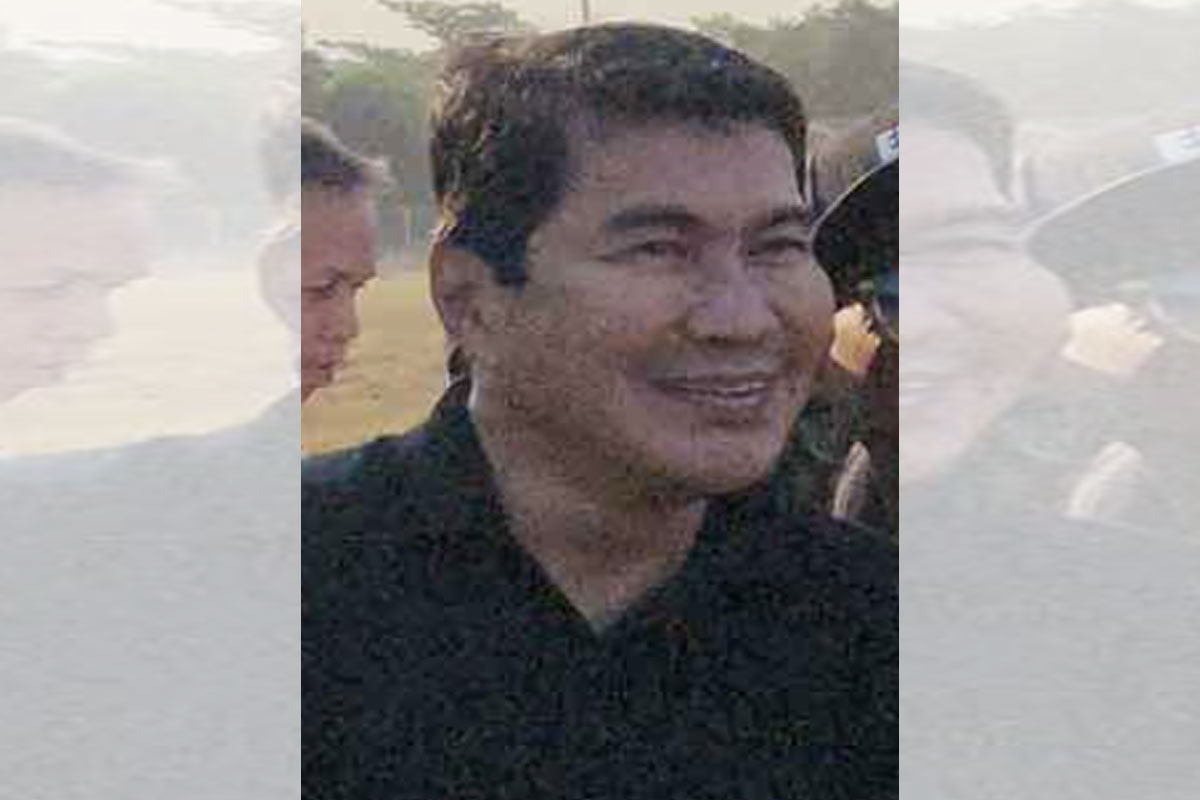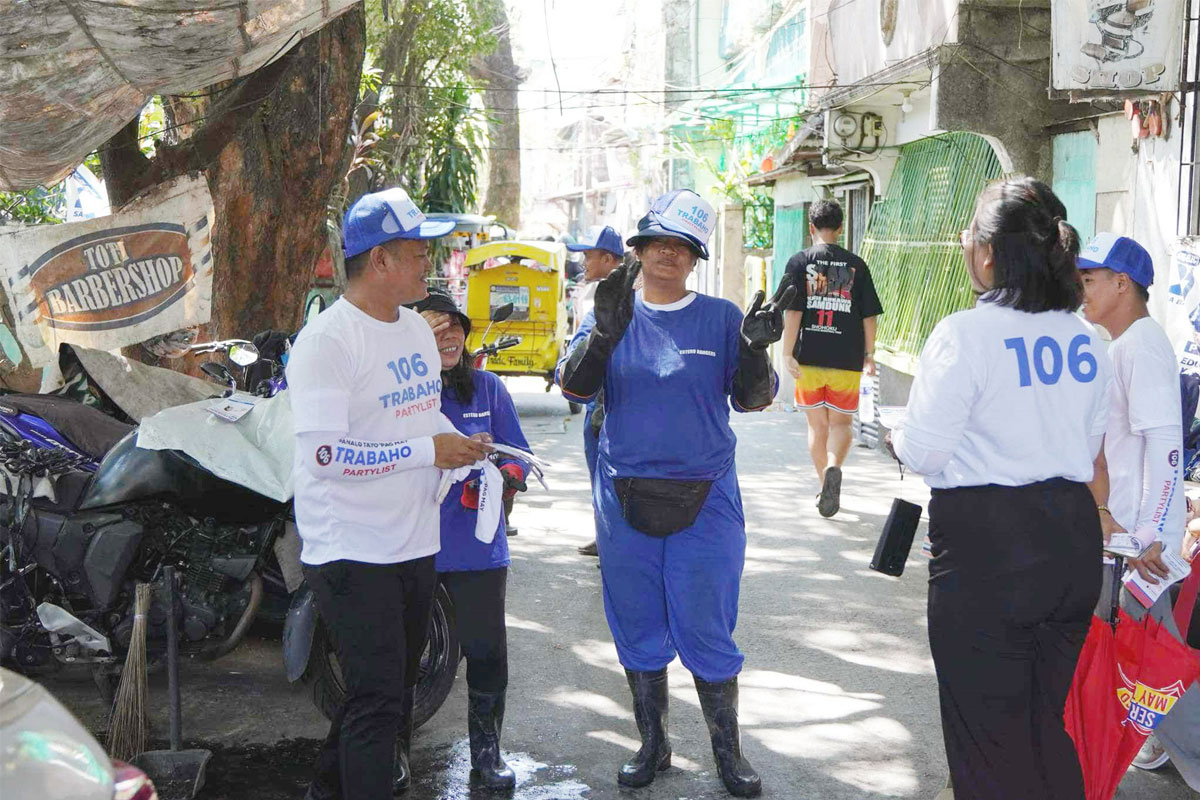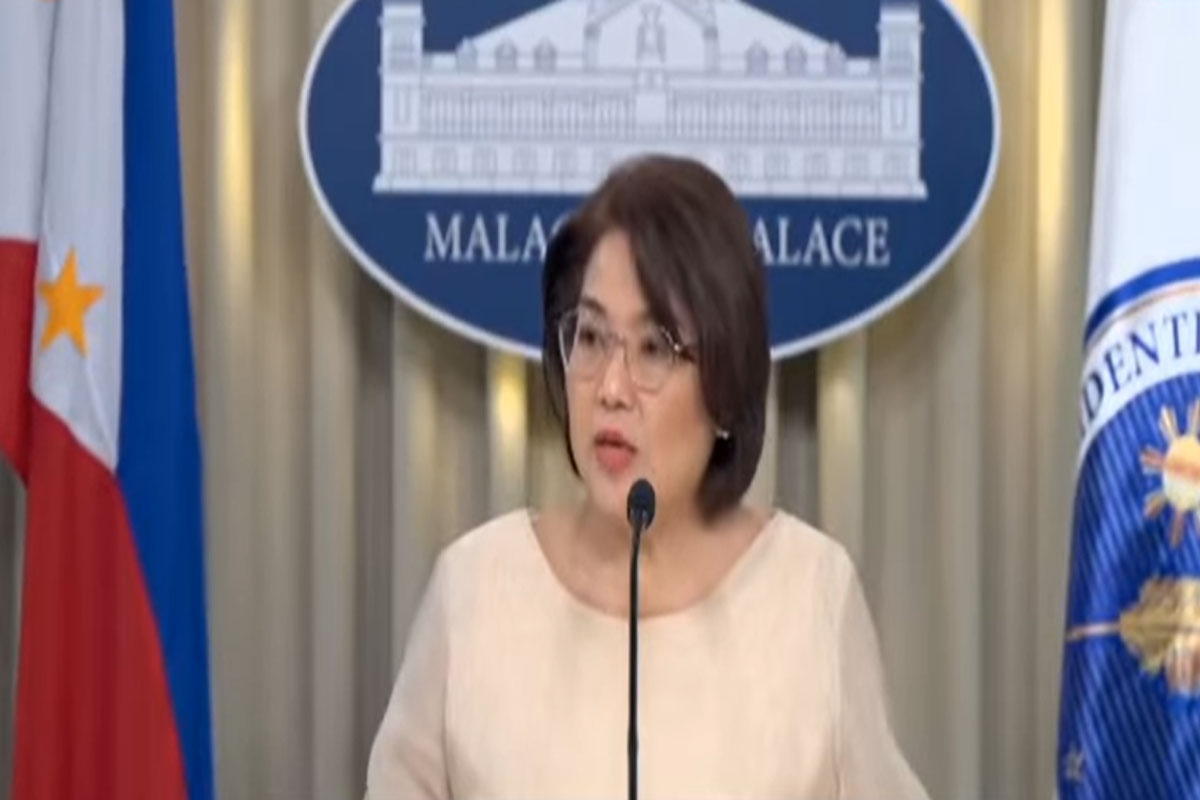
DILG warns 20 LGUs where illegal fishing remains high
THE Department of the Interior and Local Government (DILG) issued stern warnings to 20 local government units (LGUs) for Illegal, Unreported, and Unregulated Fishing (IUUF) and reminded them to strengthen the enforcement of the Philippine Fisheries Code and other existing policies for the protection of coastal communities and fishing folks within their jurisdiction or face administrative sanctions.
DILG Secretary Eduardo M. Año said that 20 LGUs were warned and reminded “to exercise their mandate and responsibilities under the Philippine Fisheries Code, as he informed them of the total number of the IUUF committed in their areas using satellite technology.
“Despite the pandemic, we want to remind LGUs of the protection of our aquatic resources which, unfortunately, is still an issue in the country. Para sa 20 pamahalaang lokal na ito na ating pinadalhan ng warning, mahigpit ang ating paalala na pangalagaan ang ating mga karagatan,” he said.
“IUUF can cause a serious decline in fisheries resources, and can negatively impact food security and livelihoods for coastal communities and fisherfolk kaya napakahalagang tutukan ito ng mga LGU,” he added.
According to Año, the 20 LGUs that received warnings have the highest number of encroachment or violation in the use of superlight and other artificial light sources, which is used to attract fishes during nighttime. The use of such is prohibited under Section 98 of Republic Act No. 8550, as amended by Republic Act No. 10654 or the Philippines Fisheries Code of 1998.
The DILG was able to get the information through the Visible Infrared Imaging Radiometer Suite (VIIRS) technology, a satellite that can detect artificial light sources or superlight.
Registering the most IUUF violation is Tongkil, Sulu with 2,549 total detections followed by Zamboanga City, Zamboanga Del Sur with 2,446; Milagros, Masbate with 1,595; Cawayan, Masbate with 1,350; San Pascual, Masbate with 1,193; Languyan, Tawi-tawi with 1,057; Calauag, Quezon with 1,009; Hadji Mohammad Ajul, Basilan with 973; Linapacan, Palawan with 959; and Carles, Iloilo with 762.
Also included in the top 20 LGUs are Cuyo, Palawan; Santa Cruz, Marinduque; Madridejos, Cebu; Coron, Palawan; San Jose, Occidental Mindoro; Taytay, Palawan; Magsaysay, Palawan; Catbalogan City, Samar; Cavite City, Cavite; and Quezon, Quezon.
Based on the VIIRS technology boat detection report of 2020, there has been a spike in the detections of commercial fishing in municipal waters amid the COVID-19 pandemic. “Mahalagang matutukan ito sapagkat these violations are directly related and crucial to the food security of our country.”
Año said that the DILG utilizes VIIRS data which shows the LGUs where the use of these superlights are prevalent. The data, he said, is overlaid with maps that show municipal water boundaries to identify and map out the use of super lights in municipal waters or intrusions and encroachments of commercial fishing vessels in municipal waters.
“The use of satellite technology in fisheries law enforcement is another game changer hence it is imperative for the DILG to act and issue a warning to these LGUs. Hangad namin na sa pamamagitan nito ay matugunan nila ang mga paglabag sa batas ng pangingisda sa kanilang nasasakupan,” he said.
The DILG has partnered with Oceana Philippines in monitoring, detecting and preventing IUUF in municipal waters.
The DILG Chief likewise urged LGUs to implement DILG Memorandum Circular (MC) No. 2018-59 which contains policies and guidelines on the regulation and monitoring of fishery activities in municipal waters. He said that the MC requires LGUs to regulate and monitor fisheries activities and strictly enforce the provisions of the amended Fisheries Code.
He assured that the DILG, through its Fisheries Compliance Audit, is committed to monitor LGUs’ fulfillment of responsibilities under the Code and emphasizes the need for effective management of municipal waters for biodiversity conservation and food security.
















